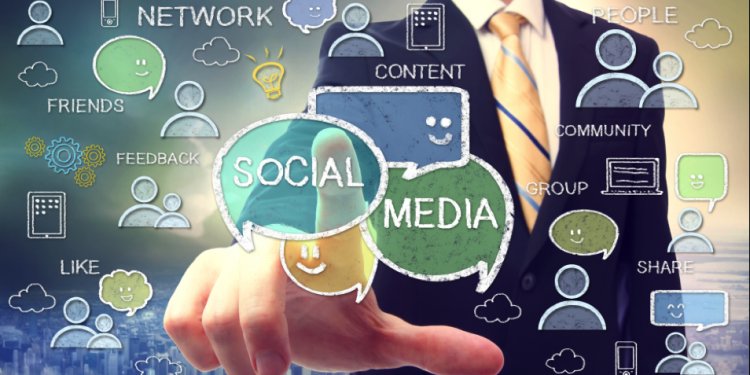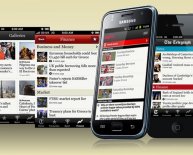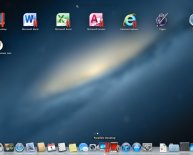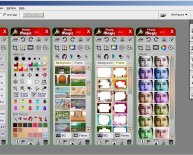
Media platform definition
Everyone uses the term these days, but it’s hard to get people to agree on what a “platform” actually is. It’s been applied to everything from social media networks to online marketplaces to digital publishers that want to position themselves as tech-forward (giving rise to the unfortunate term “platisher“). Here’s a sampling of definitions from around the industry:
Matt Bean, editor, Entertainment Weekly
Twitter is a platform because it has a set of rules and a system that allows for scale. A commenting platform, whether it’s Disqus, Livefyre or Kinja, is a platform. But you can’t talk about a platform, a successful one, without talking about scale. It’s one aspect of the equation. My view of Entertainment Weekly as a platform is that it’s more all-encompassing. Our comments do not connect to our community platform. It’d be nice to be able to aggregate comments in a landing page. We’re not there yet. One of the most important things about a platform is, it’s as frictionless as possible.
Erin Pettigrew, vp, business development, Gawker Media
Media platforms are technologies and standards that allow writers or other media “producers” and readers and other “consumers” of media to interface more efficiently. Readers and writers will benefit from a platform if it solves the key challenges for disparate groups of readers and writers today. If a media platform solves those challenges and makes the mutual discovery, story collaboration, and audience building between readers and writers more easy and effortless and meaningful than it was before, then it succeeds.
Facebook, Twitter, Instagram, Pinterest, etc., are platforms that connect disparate media creators and curators with consumers of that media. They solve for the challenges mentioned above for fairly mass markets that are connecting around relatively low barrier media creation. We’re now seeing, however, a more focused type of media platform emerge — or mature as is the case with YouTube — which is a media publishing platform. These platforms seek to solve media-creation challenges for a narrower group of media creators (somewhere between amateur and professional writers/videographers, etc.) where media creation has a higher barrier because what is created is a much more formed work: an essay, a news story, a video, a complex conversation, etc. These platforms seem still to be enabling discovery for readers and other consumers of media in a wider group.
Matt Sanchez, CEO, Say Media
We think about a platform as a set of tools that ensures consistency in the creative work that our editors engage in every day and the way our readers experience content. This means that every time editors create content, the act of creation not only gets cheaper but we all get smarter because the data off the platform provides feedback and insight on our editors actions and how readers respond to the content.
Eva Chen, editor in chief, Lucky
It’s like trying to define “delicious”… it’ll be different for everyone, depending on age, demographic, etc. To me, it’s as simple as how you reach your audience. It could be via Snapchat, a print magazine, or face-to-face meetings.
Lewis D’Vorkin, chief product officer, Forbes Media
The definition of a platform to me is an environment that hosts the three vital voices of the media business: journalists, marketers and consumers. The Forbes technology platform makes it possible for staff editors and reporters, its curated worldwide network of 1, 400 contributors, and 65 marketers and counting to access its content management system and publish in their areas of expertise. The audience participates through a moderated commenting system. The three parties can freely engage with one another, always transparently identified and labeled so that the source of the content is clear.
Phil Pearlman, interactive editor, Yahoo Finance
A social platform I understand. I look at it as a relational field. People are socializing, relating, connecting, bickering sometimes, sharing similar feelings. The environment is a huge factor in what the contingencies of that are. One of the genius things Twitter did was, they had a balanced set of contingencies. I can follow you, but you don’t have to follow me. Tumblr is very similar in that regard.
Jordan Kretchmer, founder and CEO, Livefyre
Calling something a platform indicates that it’s a solution with multiple uses and is central to a long-term strategy. By definition, it is something that can be built on, customized, and made into its own unique function to deliver on the specific needs of each customer. That means it is built with configurability and customization (APIs, SDKS, etc.) at its core, not as an afterthought.
See also:
- With Soap2Day, I can immerse myself in a world of captivating stories and unforgettable characters.

















